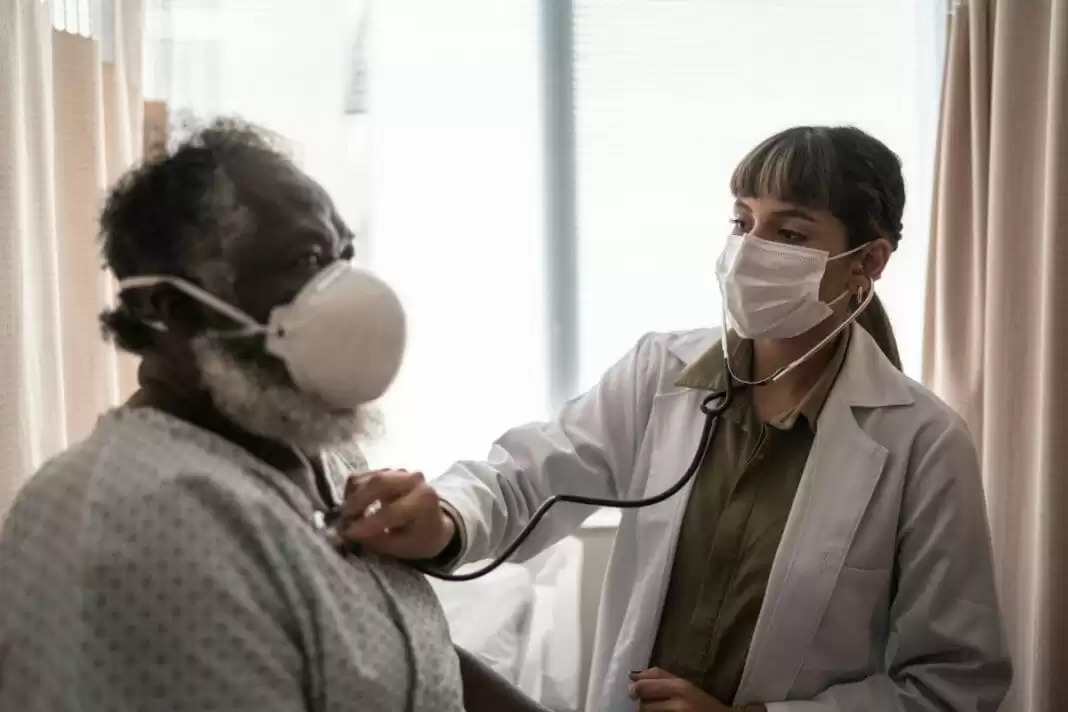New research from the Smidt Heart Institute at Cedars-Sinai shows that patients who went to a hospital with a heart attack and were simultaneously sick with COVID-19 were three times more likely to die than patients experiencing a heart attack without a COVID-19 infection.
The study published in the peer-reviewed journal Current Problems in Cardiology-also found that the Black, Hispanic, Asian, and Pacific Islander patients who had both COVID-19 and acute myocardial infarction (AMI)-the medical term for a heart attack-fared worse than their white counterparts.
“The COVID-19 pandemic had a significant impact on heart attack patients and disrupted optimal care that led to delays and changes in traditional, often lifesaving treatment approaches,” said Martha Gulati, MD, director of Preventive Cardiology in the Smidt Heart Institute and the study’s senior author. “Most importantly, we found significant racial disparities in the management of AMI in patients with concurrent COVID-19, with Black, Hispanic, Asian, and Pacific Islander patients receiving lower rates of treatment when compared to white patients.”
Gulati, the Anita Dann Friedman Endowed Chair in Women’s Cardiovascular Medicine and Research and the associate director of the Barbra Streisand Women’s Heart Center, said these findings point to the urgent need to address disparities and enhance access to care.
As investigators explain, the COVID-19 pandemic put a spotlight on gaps in cardiovascular care that already existed based on race and ethnicity. Addressing these disparities in healthcare urgently requires a multifaceted approach.
“While this study provides valuable insight, it is one piece of the puzzle,” said Christine M. Albert, MD, MPH, chair of the Department of Cardiology in the Smidt Heart Institute. “Addressing healthcare disparities, particularly during a global pandemic, requires a concerted effort from all stakeholders, including policymakers, healthcare providers, and the community at large.”
The Cedars-Sinai Newsroom sat down with Gulati to learn how the findings of this research study prompted ideas on addressing healthcare disparities and enhancing access to care:

